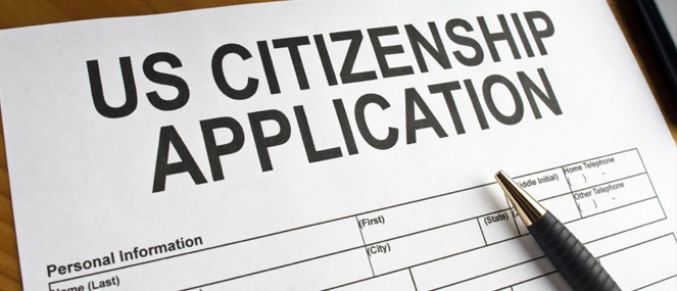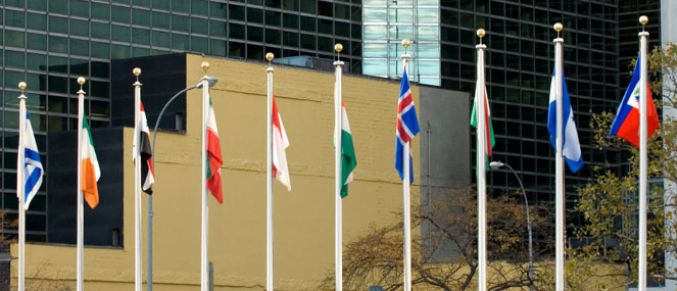Many countries around the world have immigrant investor programs. The most successful countries attracting immigrant investment are Canada, Australia, the United Kingdom and the United States. The EB-5 Immigrant Investor Visa is available to immigrants seeking to enter the United States in order to invest in a new commercial enterprise that will benefit the U.S. economy and create at least 10 full-time jobs. There are two ways to invest within the EB-5 category: 1) Creating a new commercial enterprise 2) or Investing in a USCIS approved Regional Center.
The EB-5 immigrant investor visa program offers more advantages and fewer constraints than any other visa program in the world. The U.S. has no requirements as to age, business training, management skills, language skills, prior experience, employment, or any further re-qualification necessary to retain immigrant status. The investor, their spouse and unmarried children (under 21 and unmarried) all enjoy the benefit of permanent residency in the U.S. (Green Card).
NEW BUSINESS ENTERPRISE A.K.A “STAND-ALONE APPLICATION”
In order to qualify the investor must:
- Invest or be in the process of investing at least $1,000,000. If your investment is in a designated Targeted Employment Area (TEA) then the minimum investment requirement is $500,000. A TEA is an area that has experienced high unemployment of at least 150 % of the national average. A specific state agency is usually given authority to issue TEA designation, however the final decision is always with the USCIS. Our office can help you determine if your EB-5 investment is in a TEA and may be able to work with the designate agency in your state to acquire a TEA designation for your EB-5 project.
- Benefit the U.S. economy by providing goods or services to U.S. markets. There are only a handful of industries which are forbidden for EB-5 investors.
- Create or preserve full-time employment for at least ten (10) U.S. workers. This includes U.S. Citizens, Green Card holders (lawful permanent residents) and other individuals lawfully authorized to work in the U.S. However, this does not include the investor, his or her spouse, or children. If your investment is not in a USCIS approved EB-5 Regional Center, then only direct job which you create will count towards the job creation requirement. Job must be full time (35 hours per week) and must pay at the least a minimum wage salary. Job sharing, where two or more individuals combine efforts to work 35 or more hours per week in the same position, is allowed but will only results in as single employment position that is counted by USCIS towards the required job creation.
- Be involved in the day-to-day management of the new business or directly manage it through formulating business policy. The investor may assume the position of a corporate officer or board member of the business in order to fulfill this requirement.
- The investor’s source of funds to fund the investment must be from a lawful source. This is one of the most important requirements of the EB-5 process, as the U.S. Government will go to great length to make sure that it does not allow funds which have been earned through unlawful sources such as drug smuggling or terrorism. Our attorneys know how to properly present the USCIS with the documentation that is needed to prove the lawful source of the funds and are familiar with the various country-specific obstacles that may arises pursuant to prevalent business practices around the world which may not be familiar to U.S. officials.
REGIONAL CENTER INVESTMENT
A Regional Center is defined as any economic unit, public or private, which is involved with the promotion of economic growth, improved regional productivity, job creation, and increased domestic capital investment. In reality, a Regional Center is a company that is engaged in the business of attracting foreign capital to fund its own projects, or the projects of its affiliate partners.
There are many Regional Centers in the U.S., but only a handful of them are actually actively attracting foreign investment, and an even lesser number that is actually able to fulfill the job creation requirements which lead to permanent residency for the investor (Green Card). It is thus essential to fully understand the immigration related implications and success rate of the Regional Center with which you have chosen to work with.
A foreign citizen investing in a Regional Center is not expected to personally create and maintain the full-time employment for at least ten (10) U.S. workers. This requirement is fulfilled by a showing of direct and indirect job creation by the Regional Center itself. It is simple to understand the concept of direct jobs. Yet, it is the indirect jobs that separate an EB-5 investment in a Regional Center from what people in the industry like to call a “standalone” application. The creation of indirect jobs is measured by economic models which have been created and are used by the Federal Government, most notably RIIMS2. The ability to count indirect job provides a much needed safety buffer for the Regional Center and the investors.
In order to qualify the investor must present:
- Evidence that the investment is made in a designated Regional Center according to the approved regional center business plan.
- Evidence, if applicable, that the business has been established in a targeted employment area.
- Evidence that you have invested or are in the process of investing the amount required ($1,000,000 or $500,000).
- Evidence that the investment funds were obtained through lawful means.
- Evidence that your investment in the Regional Center will create at least ten (10) direct or indirect full-time jobs.
PROCEDURE
The investor must first choose whether to invest in a new enterprise or a USCIS approved Regional Center. After the choice is made, the investor’s immigration attorney begins the process of gathering the necessary documentation to complete and submit the Immigrant Petition by Alien Entrepreneur (USCIS from I-526). After form I-526 is approved, overseas investors must attend an interview at a U.S. Consulate abroad. Before and during the interview the investor and his or her family, undergo medical, police, security and immigration history checks before the conditional permanent resident visas are issued. If the investor is legally in the U.S., then he or she will submit an application to adjust status to the appropriate to the appropriate USCIS office in the U.S.
The entire application process takes between nine to twelve months. Upon approval, the investors and immediate family members are issued the status of a conditional permanent resident (Temporary Green Card) for a period of two years. The investor must enter the U.S. within 180 days if visa is issued at a U.S. Consulate overseas. Upon entry in to the U.S., the investor must show proof of intent to remain a U.S. resident. Residence is evidenced by opening bank accounts, obtaining a driver’s license or social security number, paying state and federal income taxes, and renting or buying a home. The investor may work overseas if required to do so based upon the nature of his or her business or profession.
The investor must file USCIS form I-829 within the 90-day period immediately before the second year anniversary of admission to the U.S. as a conditional permanent resident in order to remove the temporary conditions from his and his family’s green cards. Upon successful removal of the temporary conditions, the investor and his family become permanent residents and are eligible to apply for citizenship within three years.
We would be more than happy to meet with you at your convenience and answer any questions that you may have. Call today for a Free Consultation.

 YuriTsyganov
YuriTsyganov










